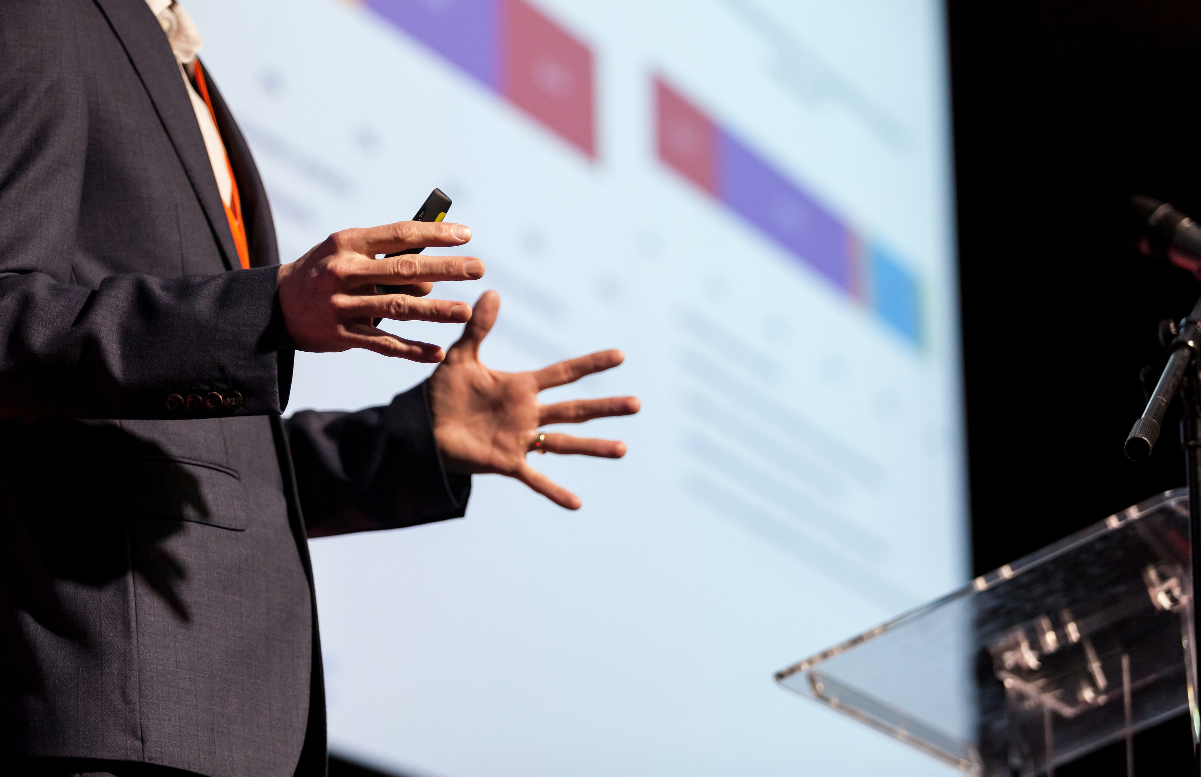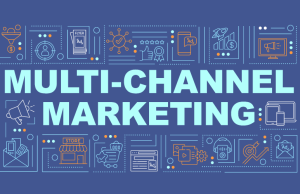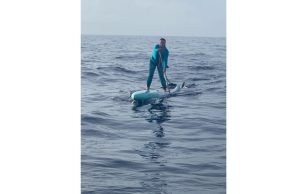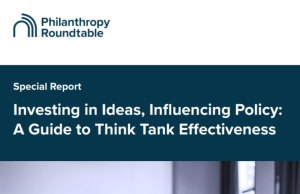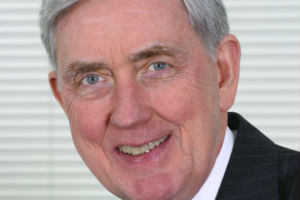Your mind is racing. Your palms are getting sweaty. You might even have a queasy stomach.
You are about to make a major presentation. Perhaps you’re asking someone to do something truly impactful. Or, maybe you’re even reaching for the stars. As it turns out, it is all of the above.
There’s no doubt this all sounds very familiar to anyone who has ever asked another human being to make a philanthropic gift. And yet, it doesn’t have to be this way.
Enter the power — and even magic — of cultivation and stewardship.
As this giving cycle graphic demonstrates, only 5% of your time should be spent on soliciting donors. Just to be crystal clear, each of those asks must happen or everything else will be for naught.
Another 15% of your time should be devoted to identifying and qualifying. For those newer to fundraising, “qualifying” is the industry standard term for determining CAP© – whether they have the combination of financial capacity, affinity for your mission, and philanthropic inclination to make a gift to your organization.
That means that the other 80% — more than three-quarters of your time — should be dedicated to cultivating and stewarding.
Cultivation
Cultivating donors is just like it sounds. You strategically plant the seeds and cultivate the soil before you make the solicitation, so that the relationship with your organization deepens, or in planting parlance, it blooms and grows.
The engagement worksheet is a baseline tool to use with your top five donors/prospects. You can generate this worksheet by creating the following columns vertically: Name and Quick Bio, Relationship Manager, Ambassador, Closer, Q1, Q2, Q3, and Q4. Additionally, create a second set of columns vertically above and corresponding to the Q columns entitled “piggybacking opportunities.” Then horizontally below, create five rows in order of priority (1 will be the first row below the columns outlined above, 2 next, followed by 3, etc.)
In many cases, the person who is the relationship manager might, for example, also be the gift closer. And it is crucial to determine the best possible organizational ambassador (CEO, program person, etc.) to connect most meaningfully with your donor based on interest/personal style/etc.
The overarching goal is to create a cultivation action plan – your moves management steps – for the coming year and then to work the plan. One more thing about the worksheet: the piggybacking opportunities section refers to events or program moments your organization already has on the books, which can become meaningful touchpoints for your donors. This is your opportunity to leverage an already existing event versus reinventing the wheel by creating a new event that takes significant time and resources, often with limited long-term impact.
Here’s a recent example: A gold standard regional affordable housing organization invited donors and funders to a new housing property groundbreaking that would have taken place regardless of who showed up. The CEO and local government officials made compelling remarks, yet the most impactful mission moment was the last speaker, a vibrant resident from an existing housing community who shared her powerful story. That final presenter was the highlight and she brought down the house or, in this case, lifted the house even higher. As you might imagine, this was an extremely effective cultivation event.
Taking a step back, if you haven’t been actively building relationships with individual donors, at this point you might be wondering: But how do I actually do this? Where do I start?
The short answer is to identify those five donors/prospects and use the worksheet to flesh out and implement your plan. They might be the people who have given the most to your organization so far…but they might not. This is where CAP©, mentioned earlier, comes in.
Most people get stuck, even fixated, on the “C” (financial capacity). They think that, because someone “has money” they are the folks you should be spending your time on. But here’s the thing you’ve probably already figured out. Just because someone has money, it doesn’t necessarily mean they’re going to give it to your organization.
That’s when the other two letters — A for affinity and P for philanthropy — become crucially important. If they have financial resources yet no affinity for the mission and/or no philanthropic history (with your organization or any other nonprofit) you are barking up the wrong tree.
So, go back to the worksheet. When you overlay CAP© onto your top prospects/donors, do each of those folks pass the test? If not, you might have other reasons for keeping them in your portfolio (ideally on the “B” or “C” lists). However, they aren’t the people who should be on this worksheet.
One more thing: Don’t forget to actively engage people who might not score high on capacity yet are well aligned with affinity and philanthropy. They are some of your best advocates and will often become influencers who have a substantial multiplier effect on bringing folks closer to your organization.
Stewardship
The solicitation hopefully was much easier than the scenario laid out at the beginning of this column because your cultivation steps brought the donor to a place where the “ask” was not only not a surprise but anticipated and welcome. It is now time to steward that donor in recognition of their generosity and in preparation for, you guessed it, cultivating their next gift.
This is the time where many fundraisers get stuck. Enter active listening and “playful inquiry.” Let’s explore the second part first. Robyn Stratton-Berkessel came up with the simple yet brilliant concept of playful inquiry, illustrated with her lead question: “What’s the best thing that’s happened to you today?” (To learn more about playful inquiry, check out Robyn’s Tedx Talk here: www.youtube.com/watch?v=9IDMOgH1Nak.)
It’s a great question to ask your donors. You learn a lot when they answer, and you’ll make them smile and deepen their engagement. Some other great discovery questions are listed below. By the way, discovery equals probing to find out what drives, motivates, and inspires.
- What first attracted you to [our organization]?
- Why and when did you decide to support [our organization]?
- What is most important to you in life? Why?
How and when you ask these pivotal questions is at the heart of the secret stewardship sauce: active listening (AL). The goal of AL is to improve mutual understanding. Yet the essence and execution of AL is much more complex, and nuanced, than that.
AL involves a wide array of elements — seven to be exact. Most important are to listen with a clear head, pay attention to body language, and lead with empathy. The other four are to paraphrase, clarify, verify perceptions, and summarize.
When you dig even deeper, AL at its core is all about letting the other person know they’ve been heard and seen. This is achieved by asking relevant follow-up questions and seeking clarity to ensure you’ve captured both their spoken and unspoken intentions.
Going back to the worksheet. Look at it again, this time in the stewardship context. What five people who made a gift recently need individual stewardship plans? What will those next four moves look like for each over the coming year?
It’s a given that life will enter in. Every donor is only human, just like you. Flexibility and the willingness to tweak the plan when needed will be essential to your short- and long-term relationship building success.
One Last Thing
Because both cultivation and stewardship are all about relationship building, you might be wondering what sets each apart. As mentioned earlier (and illustrated in the giving cycle), cultivation takes place right before the solicitation, while stewardship occurs after it.
That said, much like the great duos of all time — Tina Fey and Amy Poehler, Han Solo and Chewbacca, Mac and Cheese — the two have a symbiotic relationship that far exceeds the sum of their parts. When executed thoughtfully and intentionally, this powerhouse combo is ultimately a multiplier, resulting in greater financial stability to propel your crucial mission moving forward.
In the meantime, have fun planning and listening, and may the philanthropic force be with you.
*****
Martha H. Schumacher, CFRE, ACFRE, MInstF is a social impact advocate, ambassador, coach, trainer, educator, mentor, author, and champion. She is president of Hazen Consulting and the Hazen Institute for Leadership Training (HILT). Her email is [email protected].

